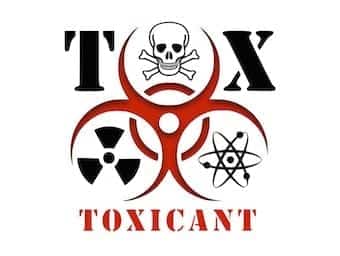
Beta-blocker toxicity
Beta blocker overdoses can be relatively benign but a couple can causes serious cardiotoxicity and even death if not managed aggressively.

Beta blocker overdoses can be relatively benign but a couple can causes serious cardiotoxicity and even death if not managed aggressively.

Clonidine has a vast array of uses including anxiety, ADHD, hypertension, withdrawal (opitates, alcohol and smoking), migraines, menopausal flushing, diarrhoea and finally pain. It causes the classic triad of drowsiness, miosis and bradycardia in overdose.

Commonly used on holidays in malaria prone destinations, chloroquine and hydroxychloroquine will not be over familiar to the emergency physician. However, it is one of the leading causes of drug overdose in malaria prone countries and also the occasional toddler has managed to consume the grandparents lupus or rheumatoid arthritis medication leading to lethal consequences.

Mirtazapine is a novel tetracyclic antidepressant, in overdose it frequently has a benign course with mild CNS depression and tachycardia.

SNRIs or Selective serotonin and noradrenaline reuptake inhibitors are mainly in the form of venlafaxine and desvenlafaxine. Venlafaxine in overdose can be potentially life threatening, causing seizures and cardiotoxicity.

SSRIs or Selective serotonin reuptake inhibitors are common in overdose and usually follow a benign course. Serotonin toxicity occurs in a minority but is more common with co-ingestant agents with serotonergic action

This is your one stop page for TCA overdose. Find out how to manage the acute overdose and the potential complications. We have also covered the basic TCA pharmacology and a tutorial about sodium channel blockade and the ECG, find out why the QRS will widen.

The sedating antihistamines include brompheniramine, chlorpheniramine, cyproheptadine, dexchlorpheniramine, dimenhydrinate, diphenhydramine, doxylamine, pheniramine and promethazine

The non-sedating antihistamines include cetirizine, desloratadine, fexofenadine, levocetirizine and loratadine. In overdose they cause mild CNS depression, in therapeutic and supra therapeutic doses they have been associated with QT prolongation.

Bupropion is an antidepressant mainly used now for nicotine suppression. It comes as an extended release preparation 150 mg in Australian and New Zealand. In overdose it can cause seizures and cardiotoxicity however, good supportive care usually prevents any adverse outcome.

Valproic acid (sodium valproate) in overdose results in CNS depression and large overdoses can result in multi-system organ failure and death. Chronic toxicity can cause life threatening hyperammonia and hepatotoxicity.

Monoamine Oxidase inhibitors (MAOIs) come in different varieties and there is a little more to remember than just the interaction with cheese. The irreversible non-selective (MAO-A+B) are notorious for causing lethal serotonin toxicity in overdose, these include Phenelzine and Tranylcypromine.